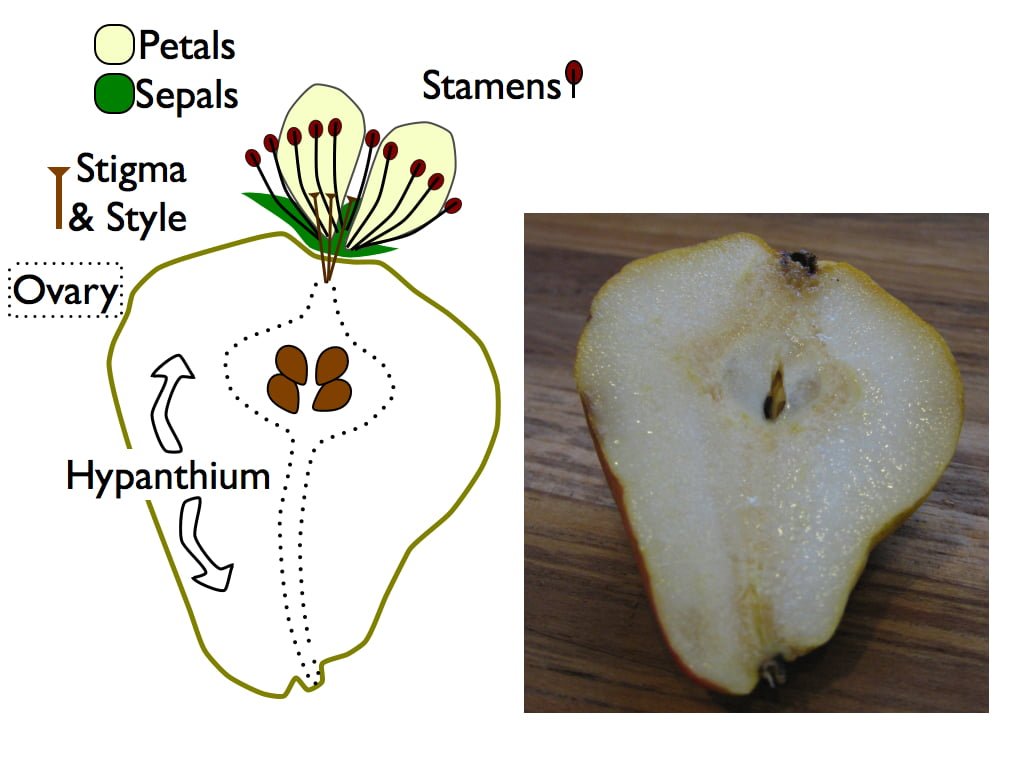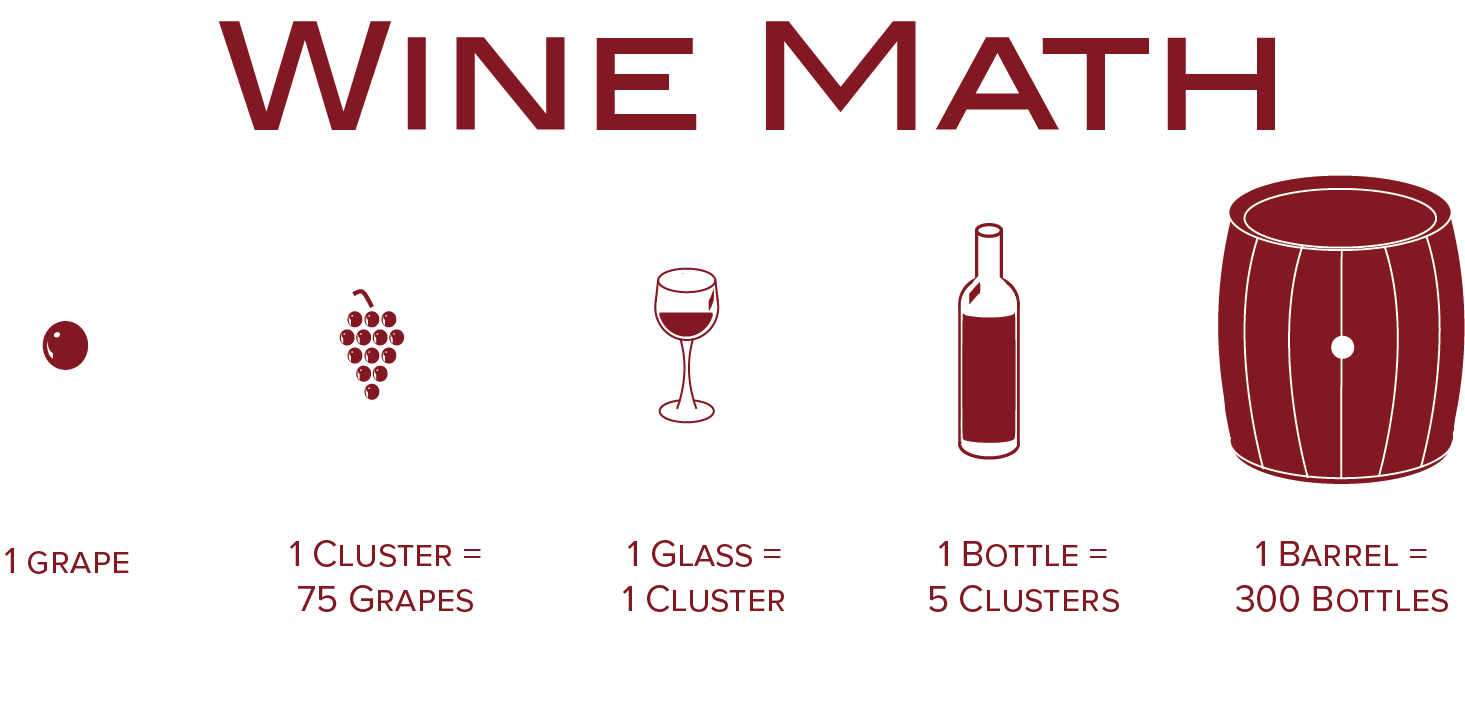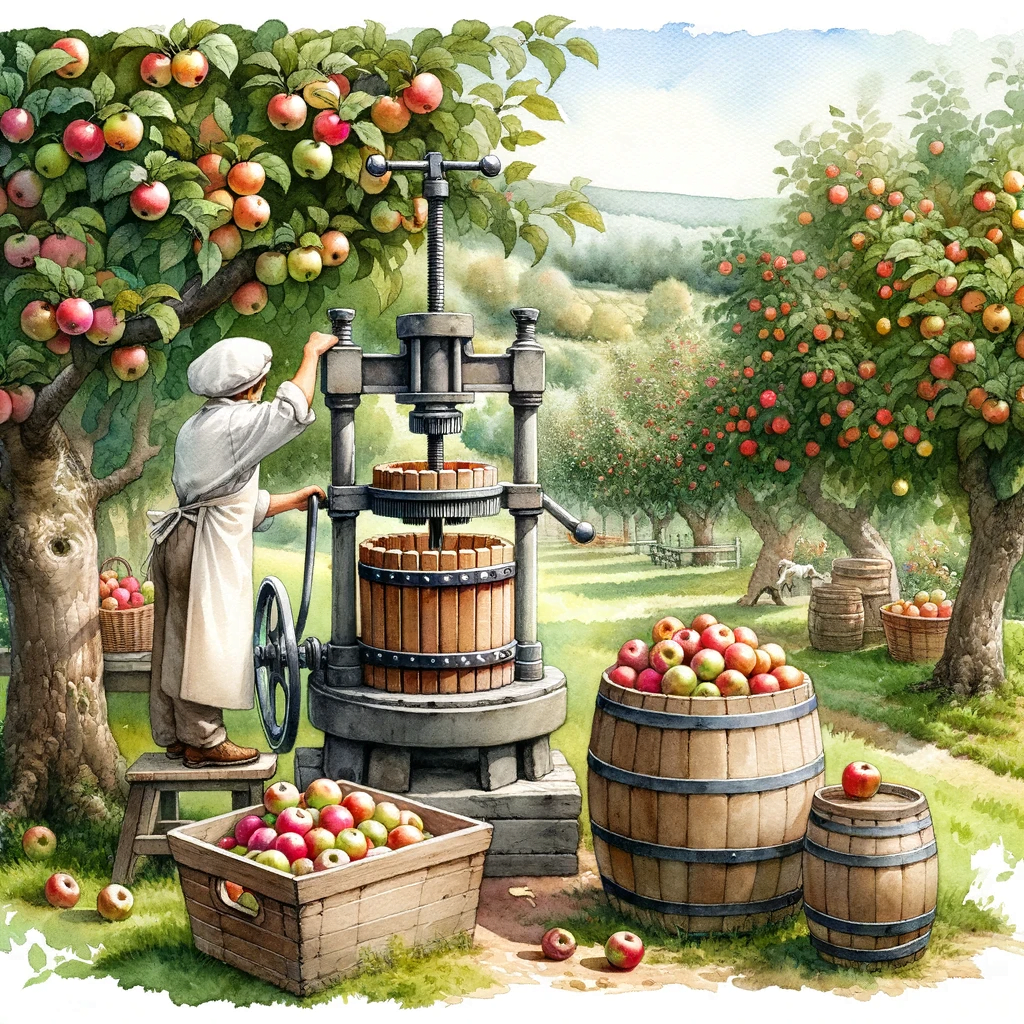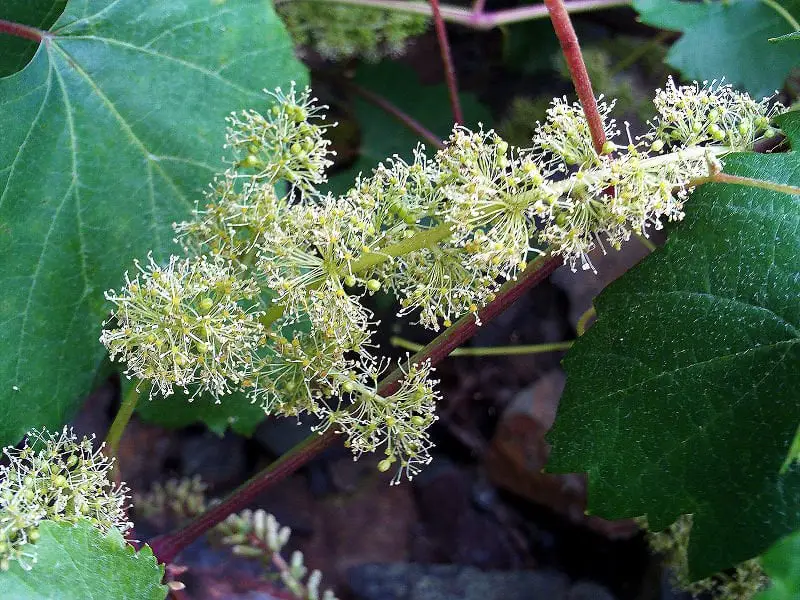Pears, known for their juicy and succulent flesh, can sometimes leave a perplexing sensation with their gritty texture. Have you ever wondered why this seemingly uncharacteristic trait exists in such a commonly enjoyed fruit? The answer lies in the cellular structure and ripening process of pears, both of which contribute to the formation of gritty pear tissue. Understanding the reasons behind this phenomenon can shed light on the fascinating intricacies of fruit biology and enhance our appreciation for the humble pear.
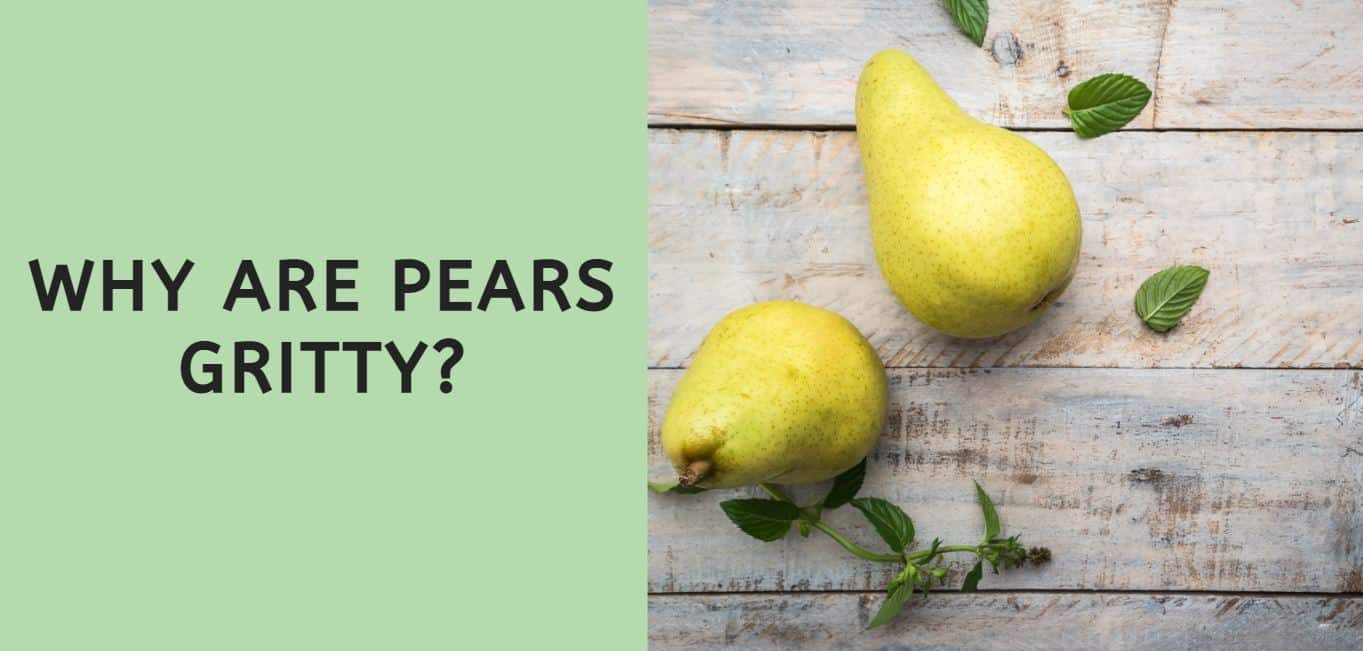
Seed Formation and Texture
Formation of Pear Seeds
The formation of pear seeds begins with the process of pollination. Once a pear blossom is pollinated, it starts to develop into a fruit, and within that fruit, the seeds begin to form. The seeds are the result of fertilization, where pollen from the male parts of the flower combines with the ovules in the female part, known as the pistil. As the fruit continues to develop, the seeds grow and mature, contributing to the overall texture of the pear.
Cell Structure of Pear Flesh
The texture of a pear is largely determined by the cell structure of its flesh. Pear flesh is made up of plant cells, which are typically composed of various components, such as cell walls, cytoplasm, and organelles. In pears, the cell walls play a significant role in texture. The cell walls consist of polysaccharides, such as cellulose and hemicellulose, which provide strength and rigidity to the fruit. The specific arrangement and composition of these cell wall components can affect the texture of pears, making them either crisp or gritty.
Impact on Texture
Seed formation and the cell structure of pear flesh have a direct impact on the texture of pears. The presence of seeds contributes to the overall mouthfeel, as they can add a slightly gritty sensation. Additionally, the arrangement and composition of cell wall components determine whether the pear will have a smooth, crisp texture or a more coarse, gritty texture. These factors vary among different pear varieties and influence the perceived texture experienced when consuming a pear.
Types of Pears
Common Texture Variations
Pears can display a range of texture variations, including both smooth and gritty textures. Some pears are known for their crisp, smooth texture, while others have a more gritty or grainy texture. This variation in texture is attributed to differences in the arrangement and composition of the cell wall components, as well as the presence and distribution of seeds. Smooth pears, such as the Bartlett or Anjou varieties, have a fine cell structure that provides a pleasant, melting mouthfeel, while gritty pears, like the Bosc or Comice varieties, have a coarser texture due to the presence of larger and more prominent cell wall components.
Differences in Gritty Properties
When it comes to gritty properties, pears can differ in the size and quantity of grit cells present in their flesh. Grit cells are specialized cells found in certain pear varieties that give them a distinct gritty texture. The size and concentration of grit cells can vary among different pear varieties. Some variegies, such as the Asian pear, have very few or no grit cells, resulting in a smooth texture. On the other hand, some European pear varieties, like the Bosc or Conference, contain more prominent grit cells, leading to a gritty mouthfeel. These variations in gritty properties contribute to the diverse texture profiles exhibited by different types of pears.
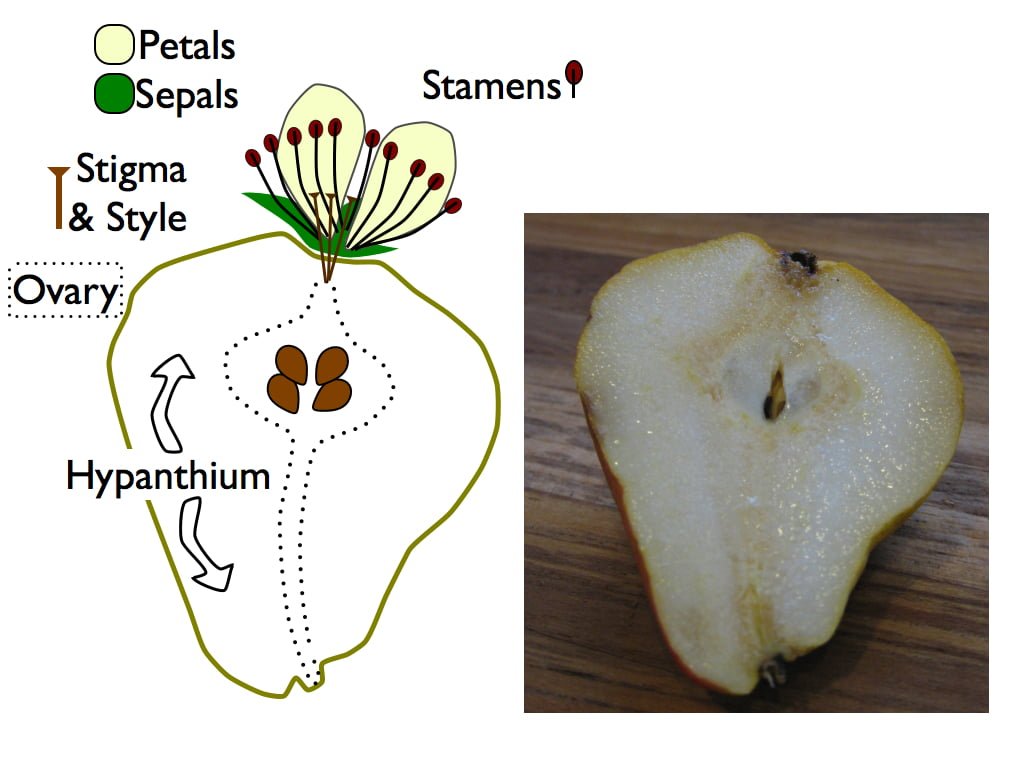
Harvesting and Storage
Ripeness and Harvesting Time
The texture of pears is greatly influenced by the ripeness at the time of harvesting. Pears are generally picked when they are still firm and ripen off the tree. Harvesting the pears at the correct stage of maturity is crucial to achieving the desired texture. If picked too early, the pear may be excessively crunchy and lack sweetness. On the other hand, if harvested too late, the fruit may become overly soft, mushy, and lose its distinct texture. Proper timing is essential to ensure a balanced texture between crispness and juiciness, providing an optimal eating experience.
Effect of Storage Conditions
After harvesting, pears undergo a period of storage, which can also impact their texture. Storage conditions, such as temperature and humidity, play a significant role in maintaining the firmness and texture of the fruit. Pears are typically stored in cool environments to slow down the ripening process, prolonging their shelf life. Cold storage can help retain the crispness and firmness of pears by slowing down enzymatic activity and reducing respiration rates. However, prolonged storage or exposure to incorrect storage conditions can lead to texture deterioration, resulting in a loss of desirable characteristics.
Ethylene Gas Exposure
Ethylene gas is a natural plant hormone that regulates fruit ripening and senescence. Pears are particularly sensitive to ethylene exposure, which can affect their texture. Ethylene exposure can accelerate the ripening process, softening the fruit and affecting its texture. This is why it is important to handle pears carefully and store them away from other ethylene-producing fruits, such as apples or bananas, to prevent premature softening and maintain the desired texture.
Environmental Factors
Growing Conditions
Environmental factors, such as temperature, humidity, and light exposure, can significantly impact the texture of pears. Different pear varieties have specific requirements when it comes to growing conditions. For example, warm temperatures promote rapid fruit development and can lead to softer, less firm pears. In contrast, cooler temperatures can allow for longer development periods, resulting in firmer fruits. Similarly, variations in humidity and light exposure can influence the development of desirable texture traits. Providing optimal growing conditions is essential for producing pears with the desired texture characteristics.
Watering Practices
Proper watering practices are crucial for maintaining the texture of pears. Insufficient or excessive irrigation can affect the texture of the fruit. Inadequate watering can lead to poor development and smaller fruit size, negatively impacting texture. On the other hand, overwatering can cause the fruit to become overly soft and prone to texture issues. It is important to find the right balance in watering practices to ensure that the pear trees receive adequate moisture without compromising the desired texture characteristics.
Soil Composition
The type and composition of the soil in which pear trees are grown can also influence the texture of the fruit. Different soil types confer varying levels of nutrients and water-holding capacity, which can affect the growth and development of pears. Well-draining soils can promote root health and nutrient absorption, resulting in healthier trees and potentially better texture. Conversely, poorly drained or nutrient-deficient soils can lead to stunted growth and lower-quality fruit. The soil composition should be carefully considered and managed to optimize pear texture.

Cross-Pollination
How Pears are Pollinated
Cross-pollination is an important process that affects the texture of pears. Most pear varieties require cross-pollination with other compatible varieties to produce fruit. Pollination occurs when pollen is transferred from the anthers of one flower to the stigma of another flower, allowing fertilization to take place. In the case of pears, pollinators such as bees play a vital role in transferring pollen between flowers. Successful cross-pollination ensures a higher quality fruit set, including the development of seeds, which can contribute to the texture of the pears.
Effects on Fruit Texture
Cross-pollination can influence the texture of pears by promoting better fruit set and development. When flowers receive pollen from a different variety, it enhances genetic diversity and can result in fruits with improved texture characteristics. Proper cross-pollination ensures that the ovules in the pistil receive sufficient fertilization, leading to the formation of well-developed seeds. The presence of these seeds can contribute to the texture of the fruit, adding a slight grittiness or crunch. Adequate cross-pollination can lead to pears with optimal texture and a more desirable eating experience.
Thinning Practices
Purpose of Thinning
Thinning is a horticultural practice that involves removing excess fruit from the tree to improve the overall quality of the remaining fruit. Thinning is often necessary because fruit trees, including pear trees, tend to produce more fruit than they can adequately support. Thinning aims to achieve an appropriate balance between fruit quantity and quality by reducing competition among fruits for resources. Removing excess fruit allows the tree to channel its energy into producing fewer but larger and higher-quality fruits. Thinning can have a positive impact on the texture of pears by allowing for better fruit development and a more desirable mouthfeel.
Impact on Fruit Texture
Thinning can directly affect the texture of pears by improving the quality and size of the remaining fruit. When fruits are thinned, the tree can allocate more resources, such as water and nutrients, to the remaining fruits. This enhanced resource availability allows for better cell development and enlargement, resulting in larger fruit size. Larger pears often have a smoother texture due to the increased cell size and reduced competition for resources. Thinning also helps prevent overcrowding, allowing for better air circulation and sunlight exposure, which can further contribute to improved fruit texture.
Post-Harvest Treatments
Chemical Washes
Chemical washes are post-harvest treatments used to enhance the storage life and quality of pears. These treatments involve applying a dilute solution of a sanitizing and preservative agent to the fruit’s surface, which helps control the growth of pathogens and bacteria. Chemical washes can also inhibit ethylene production, thus slowing down the ripening process and maintaining the desired texture for a longer period. However, it is essential to ensure that the concentration and application of these chemical washes are within approved limits to guarantee food safety and minimize any potential adverse effects on texture.
Heat Treatment
Heat treatment is another post-harvest treatment applied to pears to control storage disorders and prolong their shelf life. This treatment involves subjecting the pears to a specific temperature range for a determined period, usually in hot water or steam. Heat treatment can help eliminate or reduce various pathogenic microorganisms, such as bacteria and fungi, that may be present on the surface of the fruit, contributing to longer storage life. While heat treatment plays a role in maintaining the quality and texture of pears, it is crucial to adhere to recommended protocols to avoid excessive softening or other negative impacts on texture.
Effect on Grittiness
Post-harvest treatments, such as chemical washes and heat treatment, are not specifically targeted at altering the grittiness of pears. These treatments primarily focus on reducing microbial contamination, enhancing storage life, and maintaining the desired texture traits of pears. However, if the treatments are not appropriately applied or if the pear variety inherently possesses significant grittiness, there is a possibility that the grittiness may not be altered significantly. The effectiveness of post-harvest treatments in addressing grittiness largely depends on the specific characteristics and composition of the pear variety.
Maturity and Ripening Process
Stages of Pear Maturity
Pears go through distinct stages of maturity before they become fully ripe and ready to eat. These stages include the physiological maturity, pre-climacteric, and climacteric stages. Physiological maturity refers to the point at which the fruit has reached its maximum size and has developed seeds. The pre-climacteric stage is when the fruit starts to produce ethylene and undergoes internal changes, while the climacteric stage is when the fruit reaches its peak ripeness and is most flavorful and aromatic. The texture of pears can vary throughout these early stages of maturity, with some varieties offering a firmer texture during the pre-climacteric stage.
Changes During Ripening
During the ripening process, pears undergo several changes that impact their texture. As the fruit ripens, enzymes begin to break down complex molecules into simpler sugars, resulting in an increase in sweetness. Alongside the increase in sugar content, there is a decrease in acidity, contributing to a more balanced flavor profile. These enzymatic changes also affect the texture of the fruit. The degradation of cell wall components, such as pectins, leads to a softening of the pear’s flesh, resulting in a juicier and less firm texture. Ripening transforms the texture of pears from a firm and crisp state to a softer and smoother mouthfeel.
Texture Development
Texture development in pears occurs throughout the fruit’s growth, maturity, and ripening process. The seed formation, cell structure, and overall composition of the fruit determine its initial texture. As the pear matures and approaches ripeness, the composition of the cell wall components changes, leading to alterations in texture. The softening of the flesh during ripening is a result of enzymatic activity breaking down these cell wall components. The transformation from a firm, crispy texture to a softer, juicier texture during ripening is a crucial aspect of the pear’s overall development and contributes to its palatability and desirability.
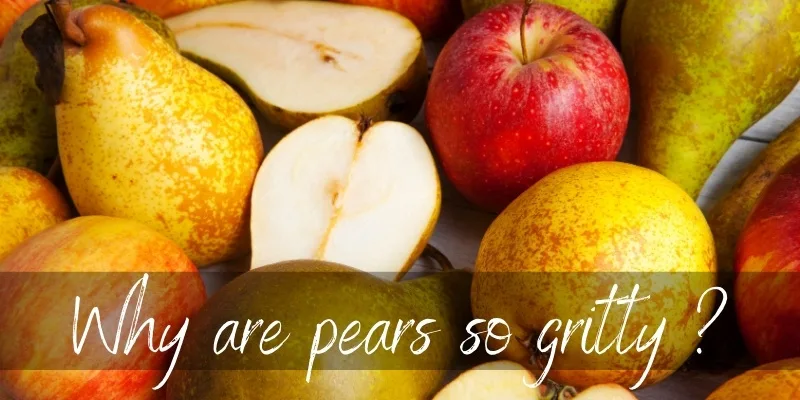
Genetic Factors
Inherent Gritty Traits
Gritty traits in pears can have genetic origins and are characteristic of specific pear varieties. Some pear varieties inherently possess grittiness due to the presence of specialized cells called grit cells. These grit cells are larger and more prominent, contributing to the gritty texture experienced when consuming certain varieties. The presence and density of grit cells can vary among pear varieties, leading to differences in the perceived grittiness. These genetic factors play a significant role in determining the texture and mouthfeel of different types of pears.
Breeders’ Role
Breeders play a crucial role in developing pear varieties with desirable texture characteristics. By selecting and crossing specific parent plants, breeders aim to produce offspring with improved texture traits, such as reduced grittiness or enhanced crispness. Through careful selection and evaluation of traits, breeders can develop new pear varieties that meet consumer preferences for texture. The breeding process involves multiple generations of selection and refinement, with the goal of creating pears that offer a superior eating experience in terms of texture, among other qualities.
Consumer Preferences
Factors Influencing Preferences
Consumer preferences for pear texture can vary based on personal taste and cultural background. Some individuals prefer pears with a smooth, buttery texture, while others enjoy the crunchiness or slight grittiness found in certain varieties. Texture preferences can also be influenced by regional or cultural cuisines, where certain pear varieties are traditionally used in specific dishes. Additionally, factors such as age, sensory sensitivities, and previous taste experiences can all play a role in shaping individual preferences for pear texture. Understanding and meeting these diverse consumer preferences is important for growers, breeders, and marketers in meeting market demand.
Market Demand for Texture
Texture is an essential factor in determining the market demand for pears. Different markets may have distinct preferences and requirements when it comes to pear texture. For example, in some markets, pears with a crisp and juicy texture may be in high demand, while in other markets, pears with a more grainy or gritty texture may be preferred for specific culinary applications. Meeting market demand for different texture profiles requires a diverse range of pear varieties and effective communication between producers and consumers. By responding to market trends and preferences, growers and suppliers can ensure a steady supply of pears that cater to different texture preferences.
